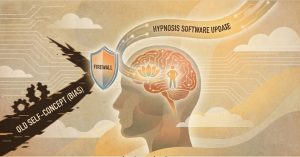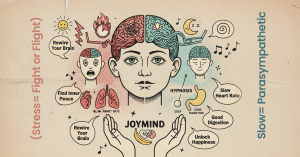
Stanford University researchers have made an interesting discovery about hypnosis and its effects on the brain. They found that during hypnosis, specific changes occur in three distinct areas of the brain, offering new insights into how hypnosis can modify the mind and body. This finding came from a study where the brains of 57 participants were scanned while they underwent guided hypnosis sessions, which are similar to those used in clinical treatments for anxiety, pain, or trauma.

The study, led by David Spiegel, MD, a professor at Stanford, reveals that hypnosis is not just a party trick but a serious scientific practice with potential benefits for medical and psychiatric conditions. By understanding which parts of the brain are affected by hypnosis, researchers hope to enhance the ability to hypnotize and the effectiveness of hypnosis in treating various issues.
Hypnosis has often been misunderstood and associated with stage performances, but it’s actually one of the oldest forms of psychotherapy in the West, capable of changing how we control our perceptions and bodies. This study also aimed to shed light on the physiological basis of hypnosis, something that has remained largely unknown despite its recognized clinical potential.
To conduct their research, Spiegel and his team first identified individuals who were highly susceptible to hypnosis, (Sarah C. P. Williams is a freelance science. Accessed 16 Mar. 2024) as well as those who were not, to serve as controls. This was crucial for distinguishing the brain activity related to hypnosis from normal brain activity. The findings of this study could pave the way for new treatments and a better understanding of the hypnotic state.
Reference:
















